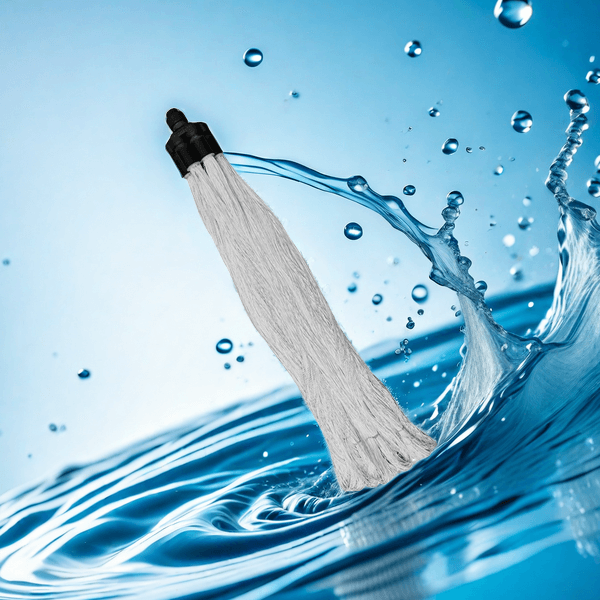What are the features of MABR membrane in terms of operational stability?
The MABR membrane has the following features in terms of operational stability:
1. Strong resistance to load shock: MABR membrane technology can cope with large fluctuations in wastewater quality and maintain a stable treatment effect. This enables it to maintain efficient treatment performance when facing wastewater of different types and concentrations.
2. Efficient oxygen supply: MABR membrane directly transfers oxygen to the biofilm through the hollow fiber membrane, avoiding the dissolution and diffusion loss of oxygen in the water and ensuring the efficient use of oxygen. This oxygen supply method enables the biofilm to stably carry out nitrification and denitrification processes, thereby improving the stability of the system.
3. Reduce sludge generation: MABR membrane technology can reduce the amount of sludge generated during wastewater treatment, reduce subsequent treatment costs, and also reduce the system’s operational instability caused by sludge accumulation.

5. Flexible process design: The gas-liquid two-phase separation in the MABR system, the mixing of the solution and the oxygen supply do not interfere with each other, making the reactor design more flexible. This design can control the oxygen supply by adjusting the gas pressure to ensure the stable growth and operation of the biofilm.
6. High anti-pollution ability: MABR membrane technology shows strong anti-pollution ability when treating high-concentration and difficult-to-degrade wastewater. By coupling with other processes, the treatment efficiency and system stability can be further improved.
To sum up, MABR membrane technology shows significant advantages in operational stability due to its efficient oxygen supply, strong load impact resistance, reduced sludge generation, avoidance of bubble interference, flexible process design and high pollution resistance.
